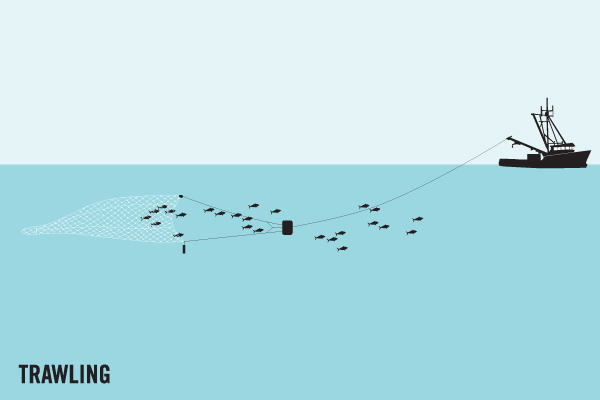Average Weight/Length
Larger than the Irish Pompano. May top 1 pound.
Other "Popular" Names for this Fish
Shad, Punchmouth
Location Habitat
Likes clear water of beaches, shorelines, shallow reefs and grass flats. Inhabits shallow coastal waters in open sandy and surf areas, seagrass beds, near reefs, and mangrove channels. Enters brackish water, sometimes even fresh water. May occur in small aggregations. Feeds on benthic invertebrates such as worms, clams, crustaceans; also feeds on insects. Often seen feeding in sand patches among reefs by thrusting its mouth into the sediment and expelling sand from the gill openings.
Biology & Physical Description
Similar to the Irish Pompano in shape. Color brownish above, silvery below, with dark bars on the sides and yellow pelvic fins. Body deep and compressed; second spine of dorsal and anal fins very long and strong. The mouth can be extended outward and downward. Color is greenish or grayish above, silvery below. Color brownish above, silvery below, with dark bars on the sides and yellow pelvic fins. Anal spines: 3; Anal soft rays: 7. Silvery with about seven faint pinkish bars on side on body; pelvic fins yellow
Geographic Species Map (Fishbase.org Map)
|
|

|
Summary of Distribution: Western Atlantic: Bermuda and Florida, USA; Bahamas, northern Gulf of Mexico, around Caribbean, including Antilles and south American coast to Rio de Janeiro, Brazil. |
|
Note: Distribution range colors indicate degree of suitability of habitat which can be interpreted as probabilities of occurrence (fishbase.org) |
|
Sport Fishing Techniques
|
|
TrawlingTrawling is when.... |
|
Tackle & Baits
Light spinning outfits, with bits of shrimp, clam or conch as bait.
Game Rating
Game Rating : 6/10
Game Description :
Spunky on light tackle.
Food Rating
Game Rating : 7.5/10
Game Description :
A good panfish. Marketed fresh but not highly esteemed; also processed into fishmeal.
Picture (Fish)
|
|
|
|
|
|




















 Yellowfin Mojarra
Yellowfin Mojarra 






